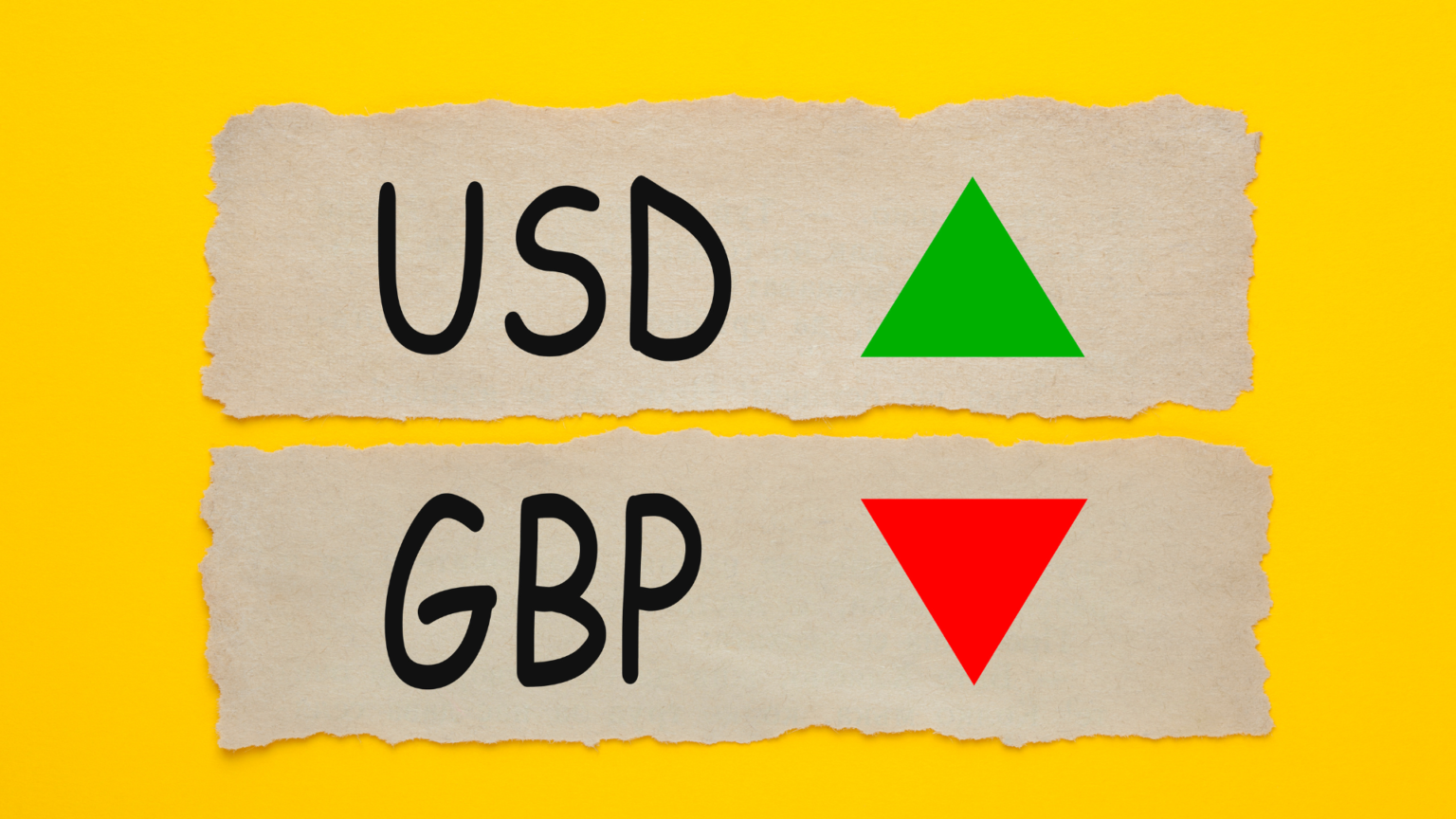The GBP/USD pair has extended its losing streak, slipping under the 1.31 level for the fifth consecutive day. This ongoing decline in the value of the British pound (GBP) against the U.S. dollar (USD) has caught the attention of forex traders, with the market awaiting critical news that could potentially reverse or deepen the trend. As traders look to navigate this volatile period, it’s important to understand what is driving this movement and what could come next for the GBP/USD pair.
In this blog, we’ll explore the factors behind the recent decline in the British pound, the key technical levels to watch, and trading strategies that could help traders manage risk and capitalize on market opportunities. We’ll also discuss how EPIQ Trading Floor can support traders with real-time signals, expert analysis, and a community of like-minded individuals.
1. Why Is the GBP/USD Falling?
The recent drop in the GBP/USD pair is driven by a combination of macroeconomic factors, investor sentiment, and technical market dynamics. Let’s take a closer look at the main contributors to this decline.
A. Weak Economic Data from the UK
The UK economy has been showing signs of weakness, with recent economic data reflecting slower growth, persistent inflation, and declining consumer confidence. The Bank of England (BoE) has been tightening monetary policy by raising interest rates in an effort to combat inflation, but this has not been enough to bolster the pound. Concerns over the sustainability of economic growth, alongside high borrowing costs, have contributed to the pound’s fall.
Upcoming reports, such as the UK GDP data, will be crucial in determining whether the BoE can afford to maintain its tightening stance or if it will need to reverse course. Learn more about the importance of UK GDP data.
B. Strength of the U.S. Dollar
The U.S. dollar (USD) has been strengthening amid global economic uncertainties, geopolitical risks, and rising U.S. Treasury yields. The Federal Reserve’s hawkish stance and higher interest rates continue to attract investors to the dollar, putting downward pressure on the pound.
With the U.S. Federal Open Market Committee (FOMC) set to release key meeting minutes soon, traders are watching closely for any signs of a shift in monetary policy that could affect the dollar’s strength. Learn more about how interest rates affect forex.
Key Takeaway: Weak economic data from the UK and the strong U.S. dollar are the primary drivers behind the recent decline in the GBP/USD pair.
2. Key Technical Levels to Watch
Understanding the key technical levels is critical for traders who want to make informed decisions when trading the GBP/USD pair.
A. Support and Resistance Levels
As the GBP/USD continues to fall, traders are watching key support levels that could act as a floor for the price. Currently, 1.30 is a critical psychological level of support. If the price falls below this level, it could open the door to further declines, potentially targeting the 1.28 and 1.26 levels.
On the upside, 1.32 serves as an important resistance level. A break above this level would signal renewed strength for the pound and could potentially trigger a recovery toward 1.34 and beyond.
B. Moving Averages
Moving averages are commonly used by traders to smooth out price action and identify trends. The 50-day and 200-day moving averages are often watched closely, and the GBP/USD pair is currently trading below both. This suggests a bearish trend, and traders should monitor whether the price continues to stay below these averages or if it rebounds to challenge them.
Key Takeaway: Key levels of support at 1.30 and resistance at 1.32 will be crucial to monitor in the coming days as the GBP/USD reacts to economic data and global market trends.
3. What’s Next for the GBP/USD?
As traders anticipate the release of major economic reports and policy decisions from both the Bank of England and the Federal Reserve, it’s important to be prepared for potential volatility in the market. Here’s what traders should keep an eye on.
A. Upcoming Economic Data
In the short term, the focus will be on key UK economic reports such as GDP, inflation, and employment data. Weak results could push the GBP/USD lower, while stronger-than-expected data might provide the pound with some much-needed support. Additionally, U.S. economic reports, including CPI and PPI figures, will have a significant impact on the dollar and, by extension, the GBP/USD pair.
B. Geopolitical and Market Risks
Geopolitical tensions, particularly in the Middle East, have added another layer of uncertainty to global markets. As risk-off sentiment prevails, safe-haven currencies like the U.S. dollar tend to benefit, further pressuring the pound. Traders should stay informed about these developments as they could contribute to sudden market movements.
Key Takeaway: Traders should be ready for volatility in the GBP/USD pair, with a focus on upcoming economic reports and geopolitical developments.
4. Trading Strategies for GBP/USD in a Volatile Market
In a volatile market, traders need to employ effective strategies to manage risk and maximize potential profits. Here are a few strategies that can be useful in the current environment.
A. Use Stop-Loss Orders
Setting stop-loss orders is essential when trading in a volatile market. These orders help limit potential losses by automatically closing a trade when the price moves against your position. Given the uncertainty around the GBP/USD, stop-loss orders can help traders manage their risk effectively.
B. Follow Trend Indicators
For traders looking to capitalize on the current downtrend in GBP/USD, using trend-following indicators like the Relative Strength Index (RSI) and Moving Average Convergence Divergence (MACD) can help identify entry and exit points. If the downtrend continues, these indicators can confirm when to stay in a trade or when the market might be oversold and due for a bounce.
C. Diversify Your Portfolio
To mitigate risk, traders should consider diversifying their portfolios across different currency pairs or asset classes. If one currency pair experiences volatility, diversification can help balance out the risk by providing exposure to other opportunities.
Key Takeaway: Strategies such as using stop-loss orders, following trend indicators, and diversifying your portfolio can help traders navigate the current volatility in the GBP/USD market.
Stay Ahead with EPIQ Trading Floor
Navigating the forex market during periods of uncertainty and volatility requires access to real-time data, expert analysis, and proven trading strategies. EPIQ Trading Floor provides traders with the tools they need to succeed, including real-time trading signals, in-depth market analysis, and a supportive community of traders.
Whether you’re trading the GBP/USD pair or other major currency pairs, EPIQ Trading Floor can help you stay ahead of market trends and make informed trading decisions.
Start your 3-day free trial today! Join EPIQ Trading Floor to gain access to exclusive trading signals, expert insights, and a vibrant trading community.
Disclaimer
The information provided in this blog is for educational purposes only and does not constitute financial advice. Always conduct your own research before making any investment decisions.










Responses